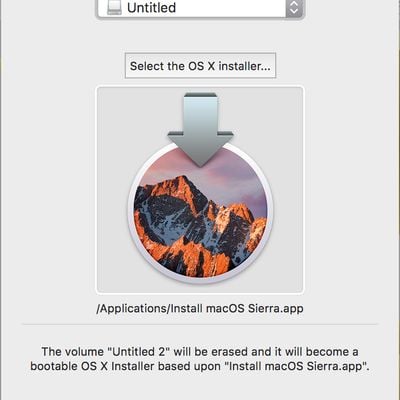

- Alternatives to unetbootin for mac install#
- Alternatives to unetbootin for mac drivers#
- Alternatives to unetbootin for mac windows 10#
- Alternatives to unetbootin for mac software#
After that, launch Windows 10 from virtualBox, this is the complete screenshot. You also need to complete some basic Settings for Windows installation.

Choose the keyboard and language and click next button.
Alternatives to unetbootin for mac install#
Now, the Windows 10 will start to install on VirtualBox. Click green arrow icon “Start” and the Windows will start installing on VirtualBox. Now let’s start to install Windows 10 on your virtualBox. Here select the “dynamically allocated”.and wait to install virtualBox on your macOS. Then in the new window, select the first option “VirtualBox Disk Image” then hit the “Continue” button. Click on the second option “Create a virtual hard disk now, then click the Create button. In my experience, I recommend at least 1GB for 64-bit system. Next, you need to specify the amount of memory and allocate to the virtual machine. In the primary VirtualBox screen, select “Start” to boot the new Windows 10 volume. Give a name for your virtual machine and continue. Download and install virtuabox tool on your macOS, then click the “New” button to build a new virtual machine. which makes it much easier than configuring Boot Camp, but this is also a complex and error-prone task. To run Rufus on macOS, you can install and run Windows 10 on macOS using Virtual machine softwares. Now, you can install and run Rufus on your macOS and start to create a bootable USB installer. To switch between Windows and macOS, you just need to simple press and hold the Option key during the startup.

Alternatives to unetbootin for mac drivers#
After all the necessary drivers are installed, your dual-booting system should be ready now. Install the drivers and everything else necessary tools on a Mac computer. As with a normal Windows installation process you will need to configure your system step by step, including language, type your product key and more.
Alternatives to unetbootin for mac software#
Windows support software will now be downloaded, after a while, you will see Windows 10 setup screen. In the Install Window screenshot, you need to select the Boot Camp partition size, it will be adjusted to 4 8 GB by default, but we recommend you to set at least 64GB or higher. Select the Windows 10 ISO image file you pre-prepared. Click the Continue to next and select following task: Then go to Applications > Utilities and open the Boot Camp Assistant. You need to prepare an USB flash drive with a storage capacity of 16 GB or more. If you burn the disk from the window that pops up when a blank DVD is inserted and find that it works it will take even less time but since I suspect it will be a "data" disk (not an ISO image) I guessed that it wasn't worth trying. Nautilus also identifies itself as "Files".Īddendum: This method takes less time than creating a USB Flash drive image with unetbootin because that utility seems not to work for memtest86+. The dialog indicates the ability to burn an "image" which is a strong clue that this would be burning an ISO image. Using Nautilus, and right-clicking produces a menu that shows a possibility of producing an ISO image on DVD. The "help" identifies this program as "Files" not "Brasero" and not "CD/DVD Creator". I don't know if this is a bug or just an intentional omission. There did not appear to be a way to burn an ISO image. It seems to want to create a "data" disk from the "CD/DVD Creator" window that pops up when a blank DVD is inserted. I used Ubuntu's Nautilus to make a bootable DVD from the memtest86+ ISO image. => Save the cfg file and memtest86+ should be loaded successfully on next boot of the usb flash drive. The file ubninit (identical with the original file memtest86+-5.31b.bin) is assigned as a bootable kernel file. On the mounted usb drive open the file syslinux.cfg with an editor and modify the 3 lines at the end:ĭelete the last line containing "append". Start unetbootin and select memtest86+-5.31b.bin as a floppy drive image and press OK to write to your inserted usb flash drive. I am referring to memtest86+ (Version 5.31b) and not to memtest86 maintained by Passmark.ĭownload - Pre-Compiled Bootable Binary (.gz)ĭownload - Pre-Compiled Bootable Binary (.zip)Ĭhoose one of the two compressed files listed above and extract it. I managed to create a bootable usb flash drive with the help of unetbootin (Version 0.0.702-2.2) and a simple file modification.


 0 kommentar(er)
0 kommentar(er)
